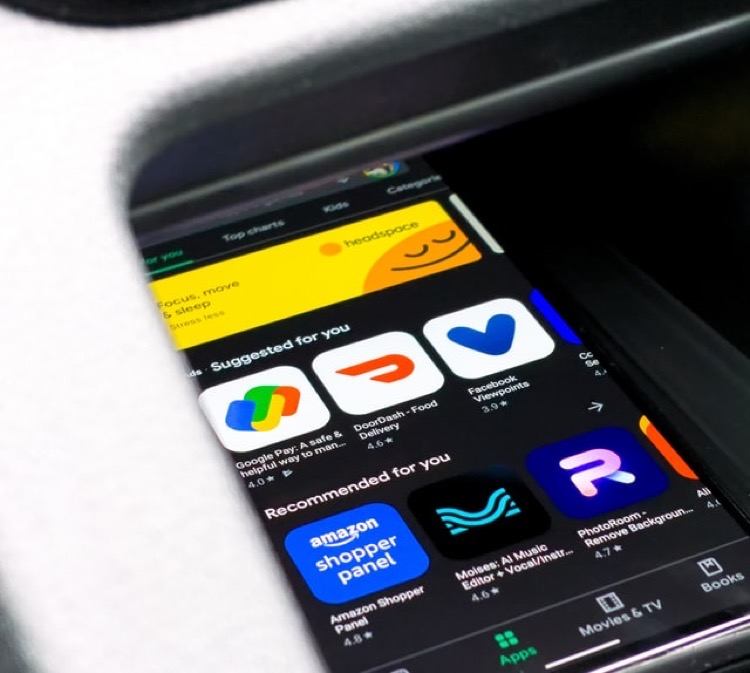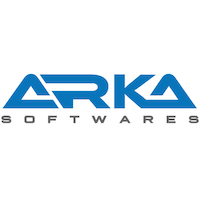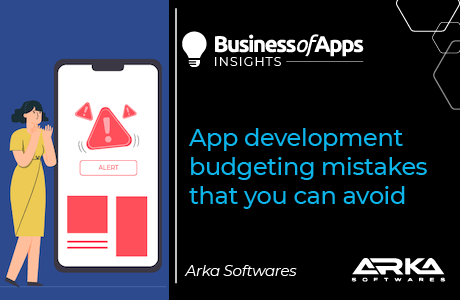Mobile applications have become a vital part of our lives and their influence is rapidly increasing with each passing day.
The interest in smartphones and apps is growing, and that can be seen with the arrival of thousands of applications to the application marketplaces.
Application development is quite a lucrative area, and everyone wants to grab a fair share of this domain.
However, developers need to maintain an application’s quality, usefulness, and user-friendliness, while enhancing the efficiency of their development process
Building an application is indeed a daunting task, and most of the time it is the application development process that differentiates between a successful and unsuccessful project.
A fruitful application project is characterized by best practices and efficient phases right from the beginning to the finish, while an unsuccessful project lacks these.
That’s why it is critical to refine your application development process to deliver a high-quality product.
If you are planning to venture into mobile app development, then you should implement proactive strategies and infuse efficiency in your application development process.
Here we are presenting the 9 tips to enhance your application development process right below. But before going any further, let’s understand what exactly an application development process is.
What is the app development process?
It is an act of building applications for different platforms and devices. It comprises an array of phases, such as requirement analysis, wireframing, coding, testing, and deployment to different platforms and application marketplace.
Image source: Freepik
To avail the best outcomes, the developers must adopt the below tips and best practices at different stages of application development.
In-depth project requirements analysis
To deliver a successful application, you need to conduct an in-depth requirement analysis before beginning the work.
As a developer, you must understand various details like project requirements, business goals, the budget allocated, and the application delivery timeframe. It is important to offer adequate consultation and robust solutions to your clients.
You must conduct information exchange sessions to gather necessary information from the customers while creating project proposals and breakdowns of the development process.
Capture business insights and offer sufficient estimates
Once the project requirement analysis has been performed, it is time to hold the first team meeting with the project manager and developers.
It offers an opportunity for different players to provide their opinion on different aspects of application development.
Here you must bring the UI/UX team and QA team on board, as it will help you comprehend the UI/UX specifications of the customer and determine the test case availability.
This activity will help you streamline the overall application development process and activities.
This phase will also help you to sketch the project scope and solidify the application goals, which will help you offer better cost estimates to your customer.
Application wireframing
Wireframing is the process of designing an application at a structural level. This activity enables developers and architects to design the application functionality and layout to cater to the requirements of the customer.
Image source: Unsplash
Wireframes are developed at an early stage of the application development process, much before adding visual components and content.
Wireframing helps you to combine your development ideas and planned features to develop a fully functioning solution.
Developers and Architects can make a storyboard, which displays the relationship between different application screens and how users will interact and maneuver while utilizing the app.
It helps you to get a precise idea of application functioning, which enables you to refine your strategies to ensure smooth sailing during application development.
Pay utmost attention to the UI/UX Design
The UI/UX plays a critical role in the success of any application, as this offers the way how a user can interact with the application.
The user interface (UI) experts are responsible for developing the design elements and overall look and feel of an app.
On the other hand, the UX (user experience) professionals are responsible for building the interaction among the several application design elements.
You can create a questionnaire to assist the UI/UX experts to devise the ideas for design :
- What color and theme are required for application elements?
- Where to place the Design Elements?
- What should be the functional font scheme?
- Do we need to emulate the UI/UX of any existing application in the market?
UI/UX professionals can leverage application design tools such as Sketch and Adobe XD to develop sample screens.
These screens will display the application’s icon, login interface, the home page, sign-up forms, and several other elements.
This will help you to pick the suitable UI/UX components and proceed with the rest of the app development phases.
Here it is important to understand that you must have adequate knowledge of the functional and non-functional needs of the application, then only you can manage the UI/UX issues effectively.
This activity enables you to craft a working application that offers the right set of features without compromising on app usability and outlook.
Break down your app development into sprints
Once the design and wireframing are completed, we can initiate the actual app development, which is also known as the coding process.
Your development team must comprise a Project Manager, whose primary responsibility is to define the process, break it down into smaller tasks, allocate these tasks to respective team members, and then keep a track of project milestones.
You must implement the Agile development methodology that helps you to address the ever-evolving solution requirements based on close collaboration between various cross-functional teams, end-users, and the client.
An agile environment helps your development team to capture in-depth customer insights, communicate smoothly and incorporate functionalities that can fulfill user requirements.
As far as project milestones are concerned, you can break them down into small sprints. After every sprint, the development team can demonstrate the work completed thus far to the client.
This will help you to identify any disconnect between what the customer wants and what you are developing so that necessary adjustments can be made.
This strategy also enables you to implement fewer changes once the application is deployed. It also ensures you can track the progress of each sub-development, deliver the project within the timelines, and keep the project cost in control.
Iterate quickly and effectively
For developing a high-quality solution, it is important to start with a basic product, then learn from the initial version and use the knowledge to improve the forthcoming versions, this process is known as iteration.
Iteration enables a development team to build and release new application versions quickly and enhance the overall app development process.
The iteration process also helps you to gather the stakeholder’s feedback, make necessary changes, fix the issues to ensure a successful application launch.
You can also capture the application functionality feedback from a minor group of Test-users and iterate the app according to their vital response.
Create a buzz around your application launch
Once your application is developed, you can launch and publish it. Developing an application is tedious, but launching it requires a lot of effort that comes with another set of challenges.
You must allocate an adequate budget for application marketing as well, as it will help you enhance the visibility of your application.
You must create an attractive landing page for your app that can attract potential customers.
It must contain an opt-in form, that can help you collect the information of visitors, that can be utilized to build interest in your application and execute email marketing campaigns.
This step will enable you to identify and approach early adopters who can anticipate the application long before it is launched in the market.
It is always recommended to hire a renowned PR agency that can create enough buzz in the market and make potential customers aware of your application and its benefits.
You must conduct detailed market research, make a list of your app USP and develop an effective marketing strategy to ensure your application receives maximum download.
Implement an effective App Store Optimization Plan
To make your app available for a wider audience, you must submit your application to various application marketplace (Apple Store or Google Play).
Image source: Unsplash
However, listing your application on the app store is not an easy job, as you must take care of various aspects to avail of intended results.
You must design a beautiful yet informational app page for the store.
You must include a perfect title and application description, use suitable keywords and screenshots of the app interface, as this helps users to search your application, and help them to get a glimpse of your application interface.
You must pay adequate attention towards implementing effective SEO strategies that can improve the ranking of your application webpage and help you reap the maximum benefits of user searches.
Apart from that, it is important to have adequate knowledge of Application Store policies and regulations.
It will help you to publish the application and target the intended audiences. If you are hiring a 3rd party application development team, then kindly ensure this activity is incorporated in your contract.
Set up a mechanism to gather post-development feedback & maintenance
The last phase of any application development process is Maintenance. You must work on application updates and maintenance procedures once the product is launched, as this plays a pivotal role in your application’s success.
Hence, there is no doubt in saying that you must have a robust app maintenance plan in place.
As technologies are evolving and customers are throwing complex demands, your app must be equipped with innovative features and functionalities to remain relevant in the thus dynamic app market.
Hence, it is important to establish an effective mechanism that can help you capture the feedback of your customers.
You must analyze this feedback, make necessary changes, upgrade the application to cater to the emerging demands.
If you are hiring a 3rd party development team, then you must have an effective after-launch plan in place.
Conclusion
Application development is a complex process that demands a lot of effort, time, and cost.
If you are developing an application, then it is important to incorporate a robust and innovative project management style to improve your app development process, so that it can cater to the ever-changing market dynamics and customer demands.
You must implement the tips and strategies we have mentioned above, and we are pretty much sure that these tips will help you transform your application workflows and deliver unprecedented results for your business and customers.
If, however, you messed up in the development process you can contact Arka Softwares managers at the following email.
















